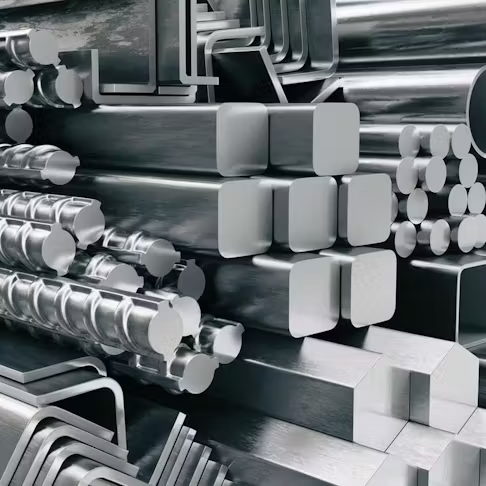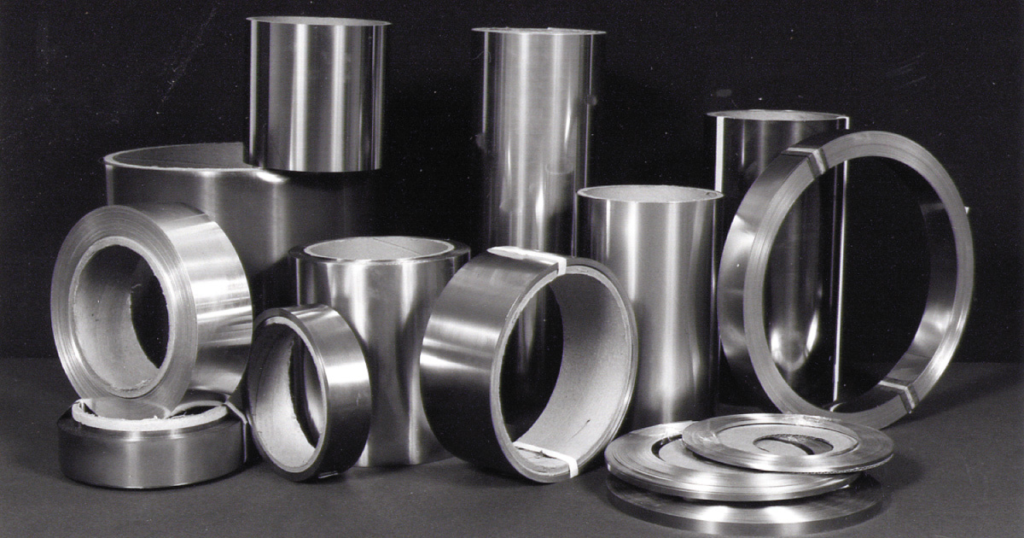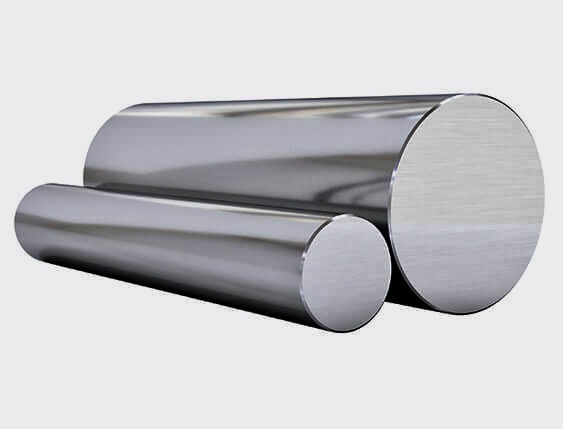Stainless steel alloy casting services are a manufacturing process by injecting molten stainless steel alloy into a mold and cooling it into precision parts.

Stainless Steel Alloy Casting Types
Corrosion-resistant castings (C series)
Carbon content ≤ 0.08% (such as CF-8M), suitable for chemical, marine and other corrosive environments.
Heat-resistant castings (H series)
Carbon content up to 0.75% (e.g. HK-40) for high temperature environments (>650°C) such as boiler components.
The classification system uses the American Iron and Steel Foundry Association (SFSA) nomenclature convention, e.g. CF-8M denotes a 19Cr-9Ni type corrosion-resistant alloy containing molybdenum.

Corrosion-resistant castings
Corrosion-Resistant Castings (C series for short) is a core category in stainless steel alloy casting.
Which is designed for long-term stable operation in corrosive environments.
Key points of the manufacturing process
Melt control
AOD/VOD refining is used to ensure ultra-low carbon (C≤0.03%) and reduce Cr carbide precipitation.
The oxygen activity at the end of smelting is ≤5ppm to avoid oxide inclusions.
Casting process
Investment casting: suitable for complex thin-walled parts (e.g. valve cavities) with a surface accuracy of CT6 (ISO 8062).
Sand casting: Large castings (such as pump bodies) need to use chromite to prevent metal-mold reactions.
Post-processing
Solution treatment: 1050-1100°C water quenching to dissolve carbides and restore austenite homogeneity.
Pickling passivation: Nitric acid and hydrofluoric acid mixture removes the oxide scale and activates the passivation membrane.
Heat-resistant castings (H series)
Heat-Resistant Castings (H series) are designed for high-temperature environments (typically > 650°C).
And have excellent oxidation, creep and thermal fatigue resistance, and are widely used in petrochemical, energy and heat treatment equipment.
The production process of stainless steel alloy casting
Raw material preparation: According to the product requirements, select the appropriate stainless steel alloy composition.
And prepare scrap steel, ferroalloys (such as ferrochrome, ferronickel) and other raw materials.
Smelting
First, the raw material is heated to 1480°C-1500°C in an electric arc furnace or induction furnace to form liquid metal.
Then, during the melting process, desulfurizers, slag removers, etc., are added to remove impurities and stabilize the ingredients.
Finally, as needed, decarburization, oxidation, reduction alloying, etc. may be performed.
Refining
Vacuum degassing methods such as VOD or LF furnaces are used to further remove gaseous.
And non-metallic inclusions and improve the quality of the molten steel.
Residue washing or secondary refining may be performed to optimize composition and performance.
Pouring
Molten stainless steel liquid is poured into the mold, cooled and solidified to form a casting.
It should be noted that defects such as porosity and cracks should be prevented during the pouring process.
Cooling & Post-Processing
After the casting is cooled, it is removed by mechanical crushing or hydraulics.
Surface treatments such as grinding, cutting, and shot blasting are carried out on castings to remove excess material and clean up surface defects.
Heat treatment
According to the demand, the castings are subjected to heat treatment processes such as annealing, quenching.
And tempering to improve their mechanical properties and corrosion resistance.
Finished product inspection and packaging
Finally, the quality inspection of the finished product is carried out to ensure that it meets the technical requirements and packaging.
Common material types and performance parameters of stainless steel alloy casting
The types of materials commonly used in stainless steel alloy casting mainly include austenitic, ferritic, martensitic and duplex stainless steels.
Which have different chemical compositions and performance characteristics and are suitable for a variety of industrial fields.
Austenitic stainless steel
Common grades: 304, 316, 308, 310, etc.
Characteristics: High chromium content (usually more than 18%), high nickel content, good corrosion resistance and ductility, but low mechanical strength.
Application: Widely used in food processing equipment, chemical equipment, building decoration and other fields.

Ferritic stainless steel
Common grades: 201, 409, etc.
Features: High chromium content (about 12%-17%), nickel-free or low nickel content, lower cost.
But poor corrosion resistance and mechanical strength.
Application: Suitable for low requirements of corrosion-resistant environments.
Such as automobile exhaust systems, building structures, etc.
Martensitic stainless steel
Common grades: 410, 420, 17-4PH, etc.
Features: High chromium content (about 11%-25%), high carbon content, good strength and hardness, but poor corrosion resistance.
Application: Suitable for parts that require high strength and wear resistance, such as knives, springs, mechanical parts, etc.
Duplex stainless steel
Common grades: 321, 347, 2205, etc.
Features: Combining the advantages of austenite and ferrite, it has high strength and good corrosion resistance, especially strong resistance to pitting and crevice corrosion.
Application: Suitable for chemical equipment, marine engineering, food processing and other fields.
Precipitation hardening stainless steel
Features: Strength and corrosion resistance are improved by adding alloying elements.
Such as molybdenum, titanium, but it is difficult to process.
Application: Used in high-end fields such as aerospace and nuclear industry.
Effect of different casting methods on the properties of stainless steel alloys
Sand casting
Advantages: low cost, strong adaptability, suitable for mass production, molds are simple and easy to make, and products with complex shapes can be manufactured.
It is suitable for single-piece, small-batch manual molding and batch, large-scale machine molding production.
Disadvantages: The surface roughness of the casting is high, and it is easy to have defects.
Such as porosity and slag inclusion, which affects the mechanical properties and surface quality of the casting.
In addition, due to the slow cooling rate of the sand mold, it can lead to coarse grains and reduce the mechanical properties of the material.
Precision casting
Advantages: The casting has high precision and good surface quality.
Which is suitable for precision parts with complex shapes, especially for high-end products.
By controlling the casting process, such as risers, cold iron, subsidies and other measures, defects.
Such as shrinkage porosity and shrinkage porosity can be effectively reduced.
Disadvantages: the cost is high, the process is complex, the technical requirements are high, and the material fluidity requirements are high.
And the fluidity of stainless steel is poor, so special attention needs to be paid to the pouring temperature and process parameters.
Investment Casting
Advantages: It is suitable for manufacturing castings with complex shapes and high precision, with smooth surface and high dimensional accuracy.
Which is suitable for the production of large batches of precision parts.
Disadvantages: high cost, complex process, not suitable for mass production.
Pressure casting
Advantages: It is suitable for the production of thin-walled and complex-shaped castings.
With high casting density and good mechanical properties, and is suitable for mass production.
Disadvantages: high cost, high requirements for molds, not suitable for simple shapes or large castings.
Other methods
Shell casting: suitable for mass production, high dimensional accuracy of castings, low surface roughness, but high cost.
Centrifugal casting: suitable for the production of large castings, but the cost is high and the size and shape of the casting are limited.



